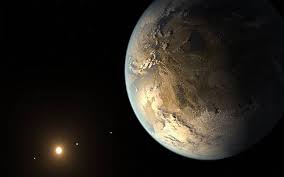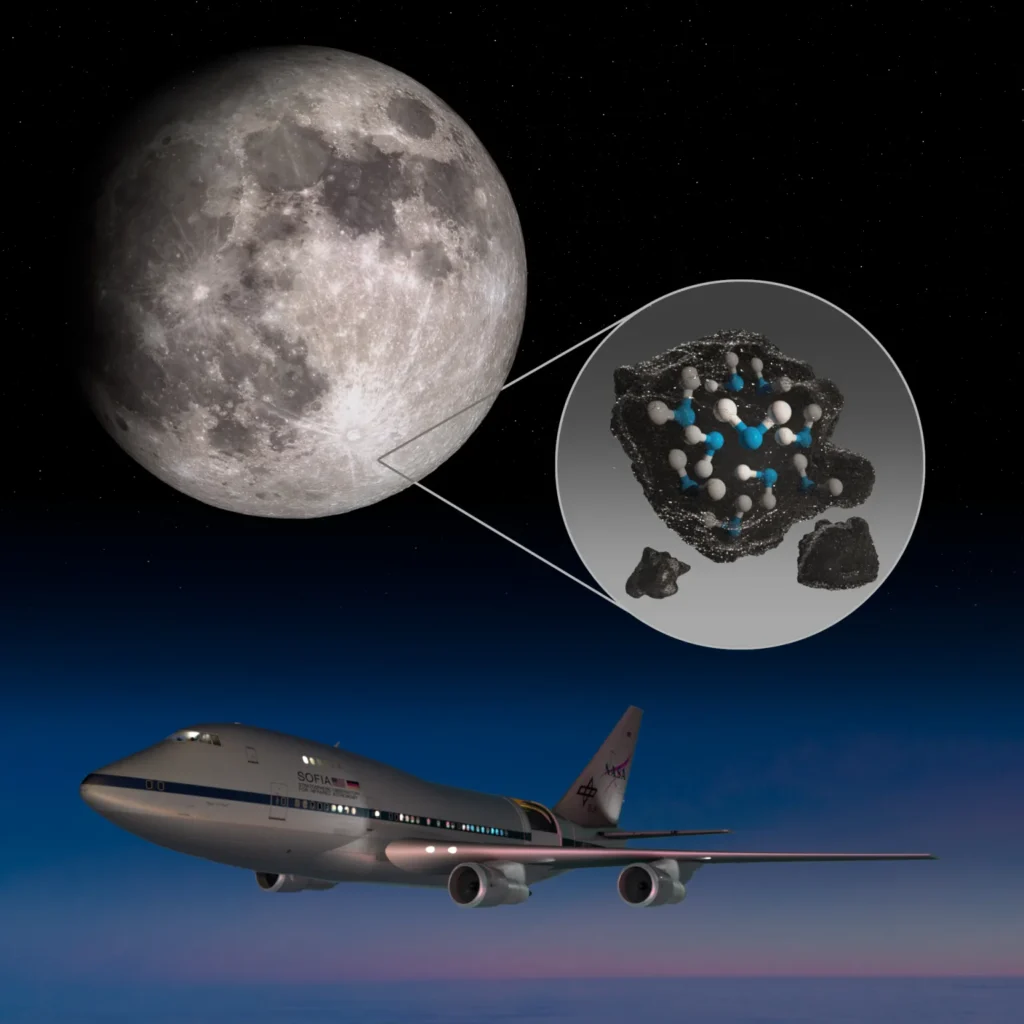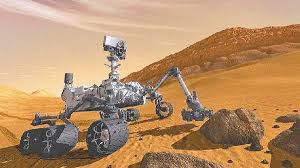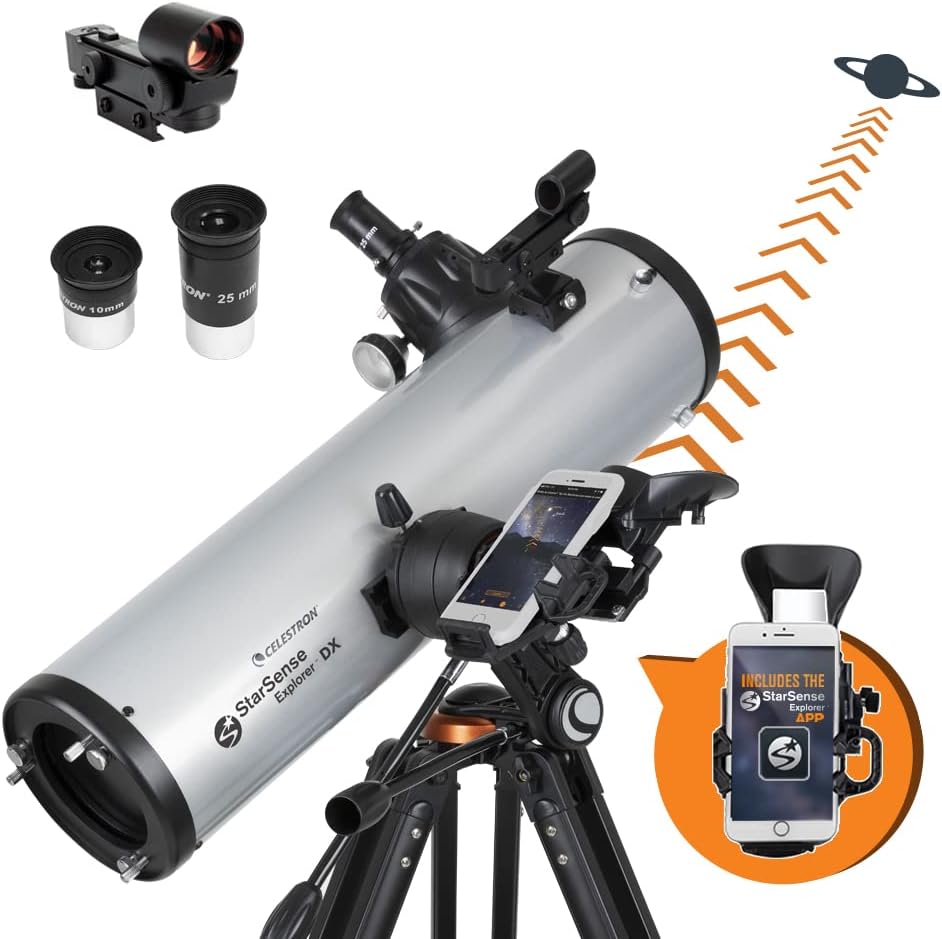INTRODUCTION:
Space, the final frontier. For centuries, humans have been fascinated by the mysteries of the universe. From the early astronomers who gazed up at the stars to the modern-day space explorers who venture into the cosmos, our understanding of the universe has come a long way. In this blog post, we’ll take a journey through some of the most amazing discoveries in space exploration.
1. The Discovery of Exoplanets:

In 1992, astronomers discovered the first exoplanet, a planet that orbits a star outside our solar system. One of the most significant discoveries was the detection of Kepler-452b, a potentially habitable exoplanet that orbits a G-type star (similar to the Sun).
Imagine a planet, similar to Earth, orbiting a star outside our solar system. Sounds like science fiction, right? Well, it’s not. This is exactly what an exoplanet is – a planet that orbits a star beyond our cosmic neighborhood. The first exoplanet was discovered in 1992, and since then, we’ve found over 4,000 more. This explosion of discoveries has transformed our understanding of the universe, making us realize that planets are more common than we thought. So, what makes an exoplanet special?
Let’s take Kepler-452b, for example. This exoplanet is considered potentially habitable, meaning it might have conditions suitable for life. It orbits a G-type star, similar to our Sun, which is essential for life as we know it. But what does it take for an exoplanet to be habitable? Let’s break it down: 1. Location, location, location: The exoplanet needs to be in the habitable zone of its star, where temperatures are just right – not too hot, not too cold. 2. Size matters: The exoplanet should be similar in size to Earth, as larger planets might be gas giants, and smaller ones might be too small to support life. 3. Atmosphere: A stable atmosphere is crucial for life. Exoplanets with atmospheres similar to Earth’s might be more likely to support life.
The discovery of exoplanets like Kepler-452b has sparked excitement and curiosity. Who knows, maybe one day we’ll find an exoplanet that’s a virtual twin of Earth! In the meantime, scientists continue to explore the universe, searching for answers to fundamental questions: Are we alone? What’s the likelihood of life existing elsewhere? As we venture further into the unknown, we might uncover secrets that challenge our current understanding of the universe. The search for exoplanets is an ongoing journey, and we’re eager to see what’s waiting for us out there.
Want To Know More About:
- Top 10 Cutting-Edge Space Technologies That Is Transforming Space Exploration
- Top 10 Most Dangerous Space Missions
Unlock the wonders of the sky and beyond—shop the best telescopes, binoculars, and drones today:
2. The Detection of Water on the Moon:

In 2009, NASA’s Lunar CRater Observation and Sensing Satellite (LCROSS) mission detected water on the Moon. The discovery of water on the Moon has significant implications for future lunar missions, as it could provide a source of oxygen, life support, and propulsion.
Water on the Moon: A Game-Changer for Space Exploration in future where humans establish a sustainable presence on the Moon, harnessing its resources to propel further space exploration. This vision became more tangible in 2009 when NASA’s Lunar CRater Observation and Sensing Satellite (LCROSS) mission made a groundbreaking discovery – water on the Moon! The presence of water on the Moon has far-reaching implications for future lunar missions. Here are some of the exciting possibilities: 1. Life Support: Water is essential for human survival. With a reliable source of water on the Moon, future missions can establish a sustainable life support system, reducing reliance on Earth-based supplies. 2. Oxygen Production: Water can be split into oxygen and hydrogen, providing a vital source of oxygen for astronauts. This could also enable the production of oxygen for propulsion and other uses. 3. Propulsion: Water can be used as a propellant for spacecraft, potentially reducing the need for resupply missions from Earth. This could significantly decrease the cost and complexity of lunar missions. 4. In-Situ Resource Utilization (ISRU): The presence of water on the Moon enables ISRU, which involves using local resources to support human exploration and settlement. This approach can reduce reliance on Earth-based supplies and pave the way for sustainable lunar development. The discovery of water on the Moon has reignited interest in lunar exploration and development. As we continue to explore and understand the Moon’s resources, we may uncover even more opportunities for sustainable space exploration. Keywords: water on the Moon, LCROSS, NASA, lunar missions, space exploration, life support, oxygen production, propulsion, ISR
3. The Landing of the Curiosity Rover on Mars:

In August 6, 2012, marked a historic moment in space exploration – the landing of NASA’s Curiosity Rover on Mars. This robotic geologist embarked on a journey to unravel the mysteries of the Red Planet, and its discoveries have revolutionized our understanding of Mars’ past and potential habitability. Uncovering Evidence of Ancient Waterways The Curiosity Rover has explored the Martian terrain, revealing a fascinating history of ancient lakes, rivers, and even an ocean. These findings suggest that Mars was once a more hospitable world, with liquid water flowing on its surface. This raises intriguing questions about the possibility of life on Mars, both past and present. Discovering Organic Molecules – The Building Blocks of Life One of the most significant discoveries made by the Curiosity Rover is the detection of organic molecules in Martian rocks. These carbon-based compounds are the fundamental building blocks of life, and their presence on Mars implies that the raw materials for life were once available on the planet. What Do These Discoveries Mean? The Curiosity Rover’s findings have far-reaching implications for astrobiology, planetary science, and the search for life beyond Earth. By studying the Martian environment and geology, scientists can: 1. Gain insights into the planet’s past habitability and potential for supporting life. 2. Understand the processes that shaped the Martian surface and subsurface. 3. Develop strategies for searching for biosignatures on Mars and other celestial bodies. As the Curiosity Rover continues to explore Mars, it’s likely to uncover even more secrets about the Red Planet’s fascinating history. Who knows what other discoveries await us on the Martian horizon?
4. The Discovery of Dark Energy:

In the late 1990s, scientists discovered dark energy, a mysterious force that is driving the acceleration of the universe’s expansion. Dark energy makes up about 68% of the universe’s total energy density, but its nature remains unknown. The discovery of dark energy has challenged our understanding of the universe and has raised new questions about the cosmos.
5. The Detection of Gravitational Waves:
In 2015, scientists detected gravitational waves for the first time, confirming a key prediction made by Albert Einstein a century ago. Gravitational waves are ripples in the fabric of spacetime that are produced by violent cosmic events, such as the collision of two black holes. This discovery has opened a new window into the universe, allowing us to study cosmic phenomena in ways previously impossible.
6. The Exploration of the Kuiper Belt:
The Kuiper Belt is a region of icy bodies and small celestial objects beyond Neptune’s orbit. In 2015, NASA’s New Horizons spacecraft flew by Pluto, providing the first close-up images of the dwarf planet. The mission revealed a diverse and complex geology on Pluto, including mountains, valleys, and even evidence of recent geological activity.
7. The Discovery of Fast Radio Bursts (FRBs):
Fast Radio Bursts (FRBs) are brief, intense pulses of radio energy that originate from distant galaxies. The discovery of FRBs has provided a new way to study the universe, as they can be used to probe the intergalactic medium and study the properties of distant galaxies.
8. The Detection of Organic Molecules in Interstellar Space:
In 2019, scientists detected organic molecules, including sugar and amino acids, in interstellar space. This discovery has significant implications for the origins of life on Earth, as it suggests that the building blocks of life are widespread in the universe.
9. The Exploration of the Moons of Jupiter and Saturn:
The moons of Jupiter and Saturn are some of the most fascinating worlds in our solar system. From the subsurface ocean of Europa to the geysers of Enceladus, these moons offer insights into the formation and evolution of our solar system.
10. The Detection of the Cosmic Microwave Background Radiation:
The Cosmic Microwave Background Radiation (CMB) is the residual heat from the Big Bang. The detection of the CMB in the 1960s provided strong evidence for the Big Bang theory and has been used to study the origins and evolution of the universe.
Conclusion:
These amazing discoveries in space exploration have revolutionized our understanding of the universe. From the detection of exoplanets to the exploration of the Kuiper Belt, each discovery has provided new insights into the cosmos. As we continue to explore the universe, we can expect even more exciting discoveries that will challenge our understanding of the cosmos and inspire new generations of scientists and explorers.
Want To Learn More About:
- Astronomy In Everyday Life: Exploring The Practical Applications Of Stargazing.
- Space Technology: Exploring the Cosmos and Improving Life on Earth.
Unlock the wonders of the sky and beyond—shop the best telescopes, binoculars, and drones today:

Disclosure/Disclaimer:
This article contains affiliate links, supporting our educational and informative contents creation.
We appreciate supporting us to create more value and fascinating contents here on our site for educational purposes only.






2 Comments